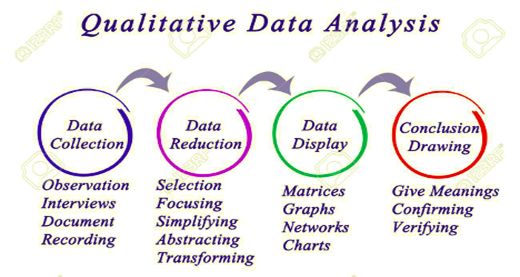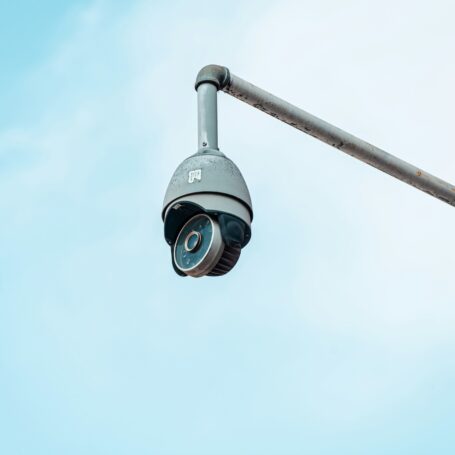Photovoice 101: Method and Analysis Tips

What is Photovoice?
Photovoice is a powerful qualitative research method that combines photos and accompanying words generated by participants. Developed nearly three decades ago as a participatory research method in public health by Wang & Burris (1994, 1997), it has since evolved for use worldwide, across numerous academic disciplines, and by a variety of practitioners working with communities for change, advocacy efforts, and social justice. As a participatory research method, each project evolves a bit differently based on a variety of factors including, but not limited to funding, goals of participant/co-researchers, goals of researchers or community project leaders, questions at hand, and local context. A core component of Photovoice is some sort of culminating component focusing on advocacy and/or policy change. An overarching snapshot of the photovoice implementation process is a series of modified focus groups where participants meet to engage in ethics and safety training around taking photos, discussions of photos taken, shared analysis of photos, and shared planning for an advocacy event. Photovoice has traditionally been implemented in person, in community-based settings, but as with so many other research methods, it can be modified for use both in person or online.
What is Photovoice Data?

As with most qualitative research, photovoice generates a LOT of data; usually more than you are expecting and sometimes more than you feel you might use. Most commonly, the data set includes photos and transcripts of the recorded photovoice meetings. Other possible sources of data depend on whether the researchers or community leaders build in other components to the project, but may include brief, demographic surveys, interview transcripts, chat transcripts from virtual photovoice implementation, observational data detailing the context of implementation, or post-surveys to evaluate participant experiences with the involvement in photovoice. Key questions to explore prior to starting a Photovoice study are: What is your capacity to store, organize, and manage the textual data and photos? How long do you have to analyze the data? What sources of data do you and the participants/co-researchers feel would be useful for advocacy purposes? What sources of data do you and the participants/co-researchers feel would be useful for other dissemination such as social media, academic presentations or publications, or community reports?
Getting Started with Photovoice Analysis
It is worth repeating again that you will end up with a LOT of data when conducting photovoice research. Qualitative research generally produces a lot of data and for photovoice, it is always important to plan ahead for having data in the form of both images and text. As a participatory method, the photos used for analysis are usually limited to the photos chosen by participants for discussion with the larger group of participants as opposed to all of the photos, so that is one initial step that can help with limiting and organizing the data. We love the schematic below to guide qualitative analysis. For photovoice, of course we add “images” to the list under Data Collection.

In closing, we have two key recommendations for analysis of photovoice data: 1) Make sure you lay out your photos and text to analyze together-whether it is on multiple screens or physically laid out on a table or display board, 2) Don’t skip investment of time in the collection and reduction phases. Depend on your research question(s) and advocacy goals to guide you in the critical processes of focusing, simplifying, and transforming the data before moving on to the next two stages.
























































































